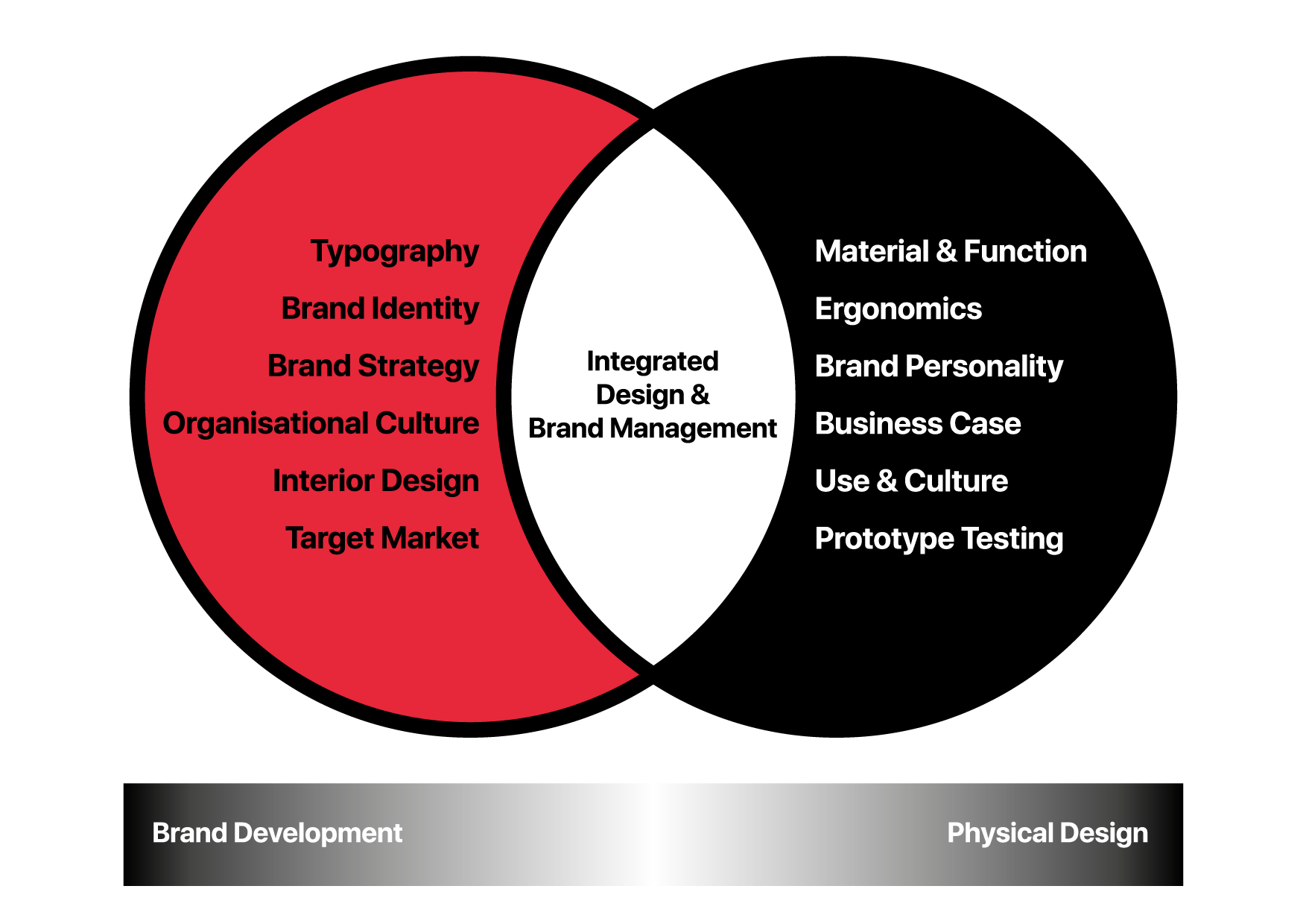Why we love Modernist design.
Modernist graphic design emerged in the early 20th century and was characterised by a focus on simplicity, clarity, and functionality. It rejected the ornate styles of the past and embraced new technologies and production methods, such as photography, mass printing, and industrial manufacturing. Modernist graphic designers sought to create designs that were visually striking, easy to understand, and efficient in communicating their message.
Some key elements of modernist graphic design include the use of sans-serif typfaces as these fonts have clean, simple lines and are easy to read, making them ideal for conveying information. Modernist designers often used these typefaces in bold, large sizes to create impact and draw the eye as then underpinned by asymmetrical layouts, and a limited colour palette. This approach was in contrast to the more ornate, colourful styles of the past.
Designers also often used geometric shapes and forms, such as circles, squares, and triangles, to create bold, abstract compositions. They emphasised the importance of negative space and the grid system to organise their layouts, creating a sense of order and hierarchy on the page.
Modernist graphic design also placed a strong emphasis on function. Designers sought to create designs that were not just visually appealing but also served a specific purpose, whether it was to convey information or to sell a product. This approach was in contrast to the more decorative styles of the past, which often placed form over function.
While modernist graphic design emerged over a century ago, its principles continue to influence design today. Many contemporary designers still use grids, sans-serif typefaces, and limited colour palettes to create effective designs. The focus on function is also a key consideration in today's design world, where designers are increasingly concerned with creating designs that are not just aesthetically pleasing but also meet the needs of their clients and users.
Reinventing the relationship between space and aesthetics, the Modernist design style emerged at the turn of the 20th century as a celebration of composition and materiality achieved through transparency, technology, and efficiency. Guided by the idea that “form follows function,” the design movement is connected to the age of machination and is based on innovative technologies of construction, specifically the use of glass, steel, and reinforced concrete. Modernism continued to gain popularity throughout the first half of the 20th century, eventually informing later design style derivatives that include Midcentury Modernism and Postmodernism. The Modernist style is commonly confused with the Contemporary style, and the two terms are often mistakenly used interchangeably. While the Contemporary style continues to evolve over time, the Modernist design movement refers to a distinct period in time. The information that follows explores a brief history of Modernism in design and offers an overview of its defining elements.
Origins and Overview
Evoking elements of the Modernist art movement that preceded it, Modernism in design stems from the styles of German and Scandinavian architecture and décor with a simple and unadorned aesthetic that rejects the dramatic elements, heavy textures, and intricate ornamentation of previous design styles, which included the Gothic, Renaissance, and Victorian styles. Modernist design reacted to these antecedent styles with an affinity for clean, straight lines, and uncluttered spaces. Harnessing the capabilities of machinery, Modernism marked the design of the future during the early 20th century and aimed to offer affordable design solutions to the masses.
The Modernist design style is characterized by clean, streamlined forms, a neutral color palette, and strong geometric shapes. Interiors that adopt this design style share elements that are similar to minimalist interiors with an aesthetic that underscores the authentic use of materials and the absence of decoration. For furnishings, an emphasis is placed on smooth lines, simplicity, and a dearth of intricate detailing—eliciting the efforts and sensibilities of the Bauhaus movement and Scandinavian design principles—distinguishing Modernism from contemporary style. While color palettes are primarily made up of neutral shades, splashes of rich hues can also be seen—including oranges, pinks, and bright blues—serving to further set the style apart from minimalism.
Enduring Elements
Modernist furnishings feature a predominant theme of functionality in each piece, and popular materials include plastic and unpainted plywood, as well as metals, leather, and natural fibers. Low, horizontal furnishing designs with clean lines are also common. Modernist interiors set out to strike a balance between simple, uncluttered spaces with a lack of adornment and an overlay of functional programming with careful compositions and clearly articulated geometry. They are often defined by open-concept floor plans that are flooded with natural light and unadorned windows with exposed structural elements an emphasis placed on low horizontal lines with few curves, as well as reflective surfaces such as steel, chrome, or glass.
In conclusion, modernist graphic design principles have had a lasting impact on the design world. By emphasising simplicity, functionality, and efficiency, modernist designers created a style that continues to resonate with designers and clients alike. From the use of grids to the emphasis on function, the principles of modernist design continue to shape the way we think about and create design today.


